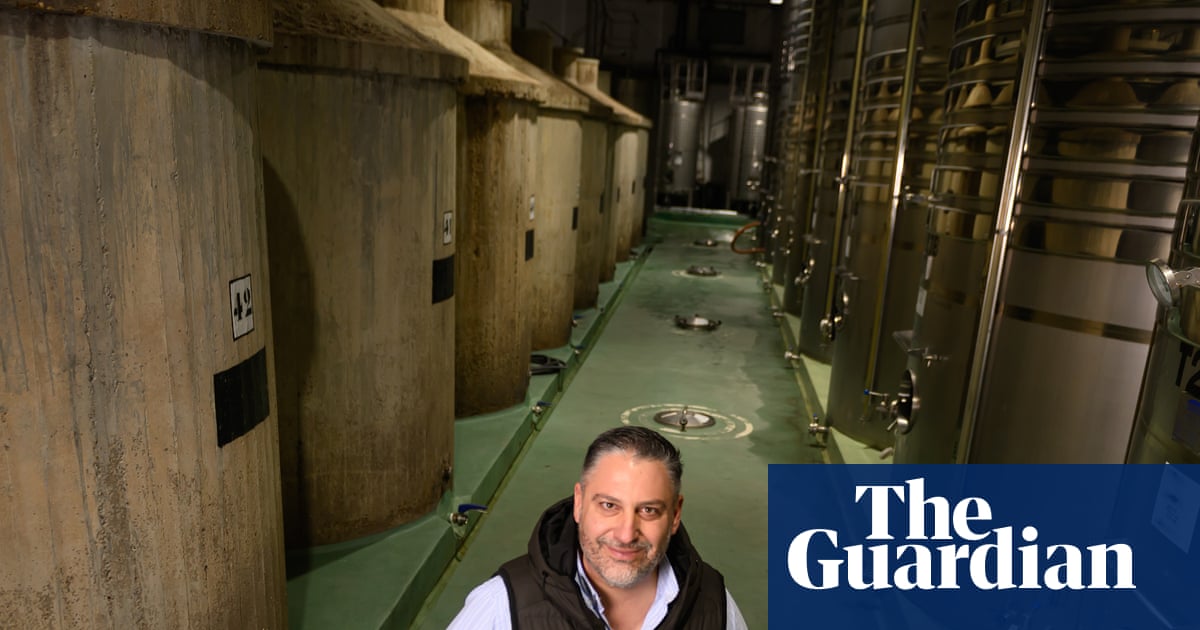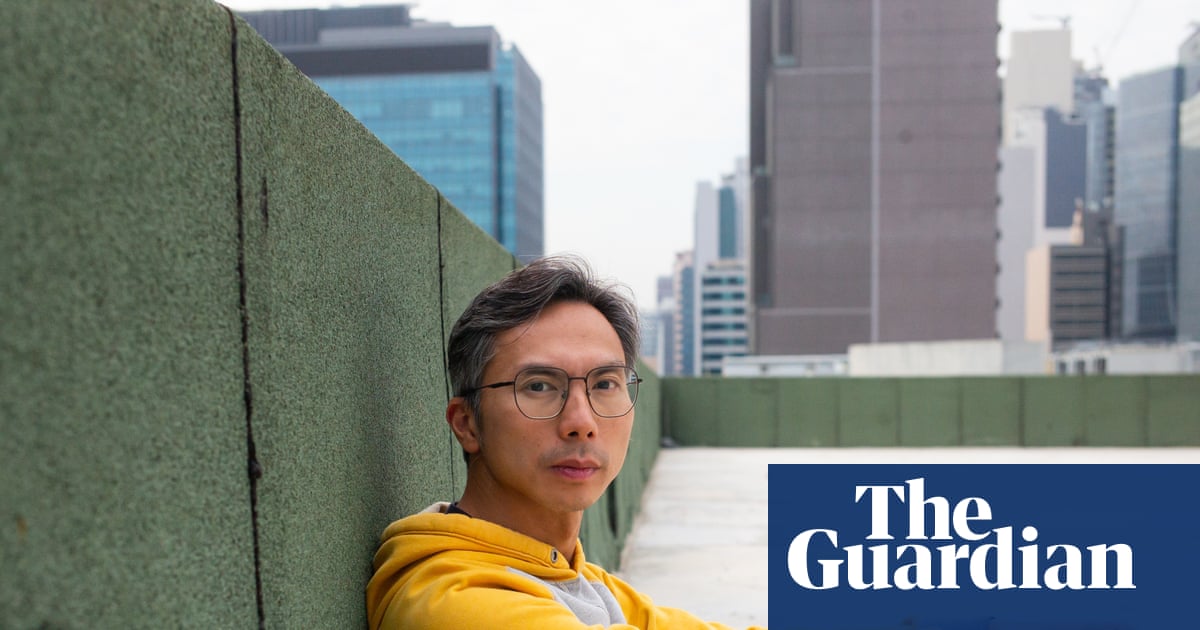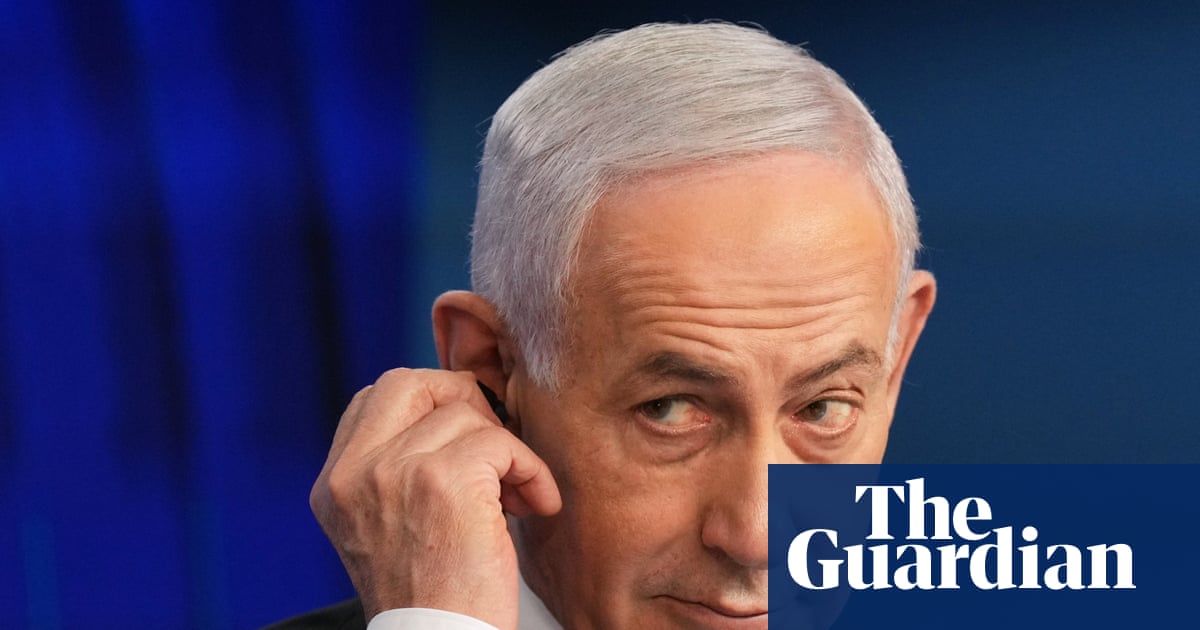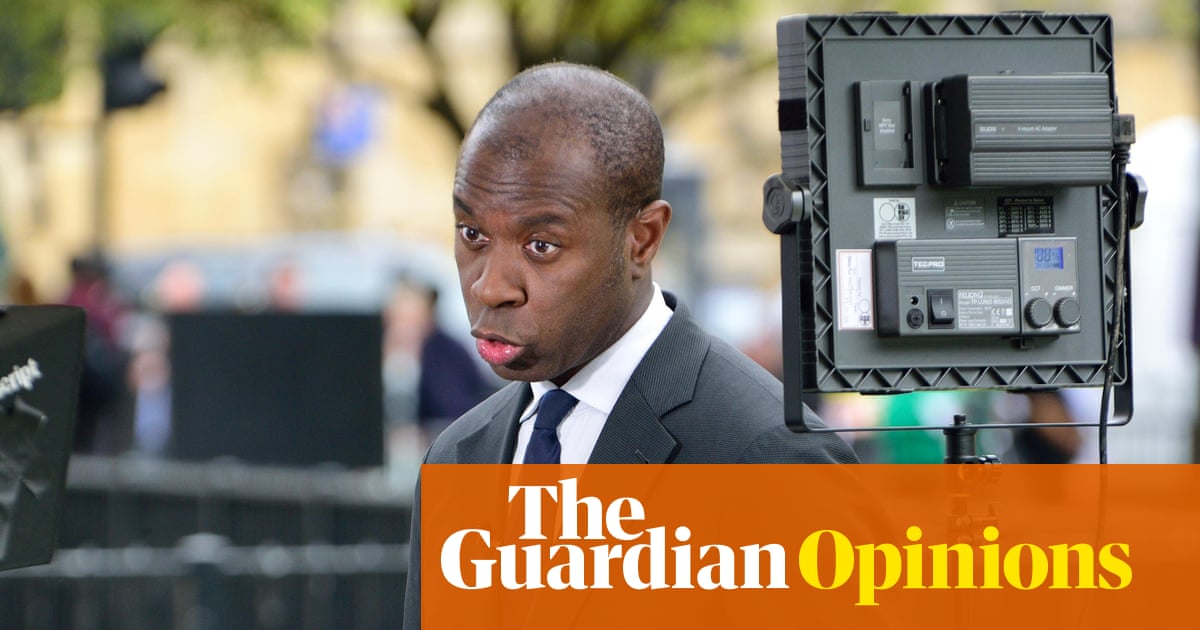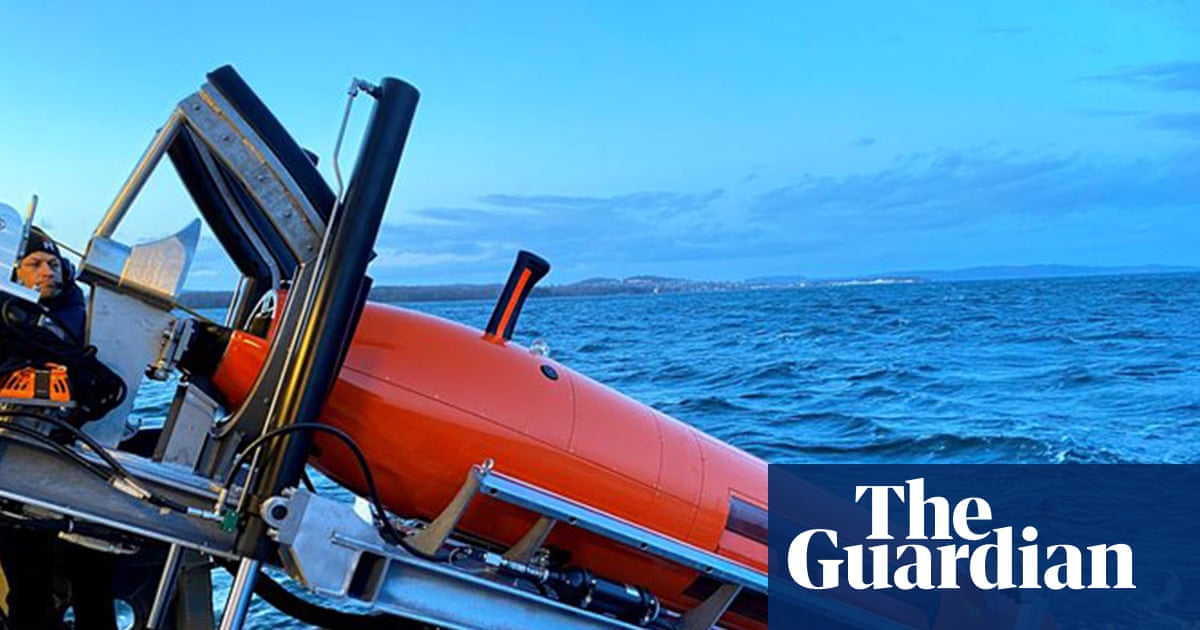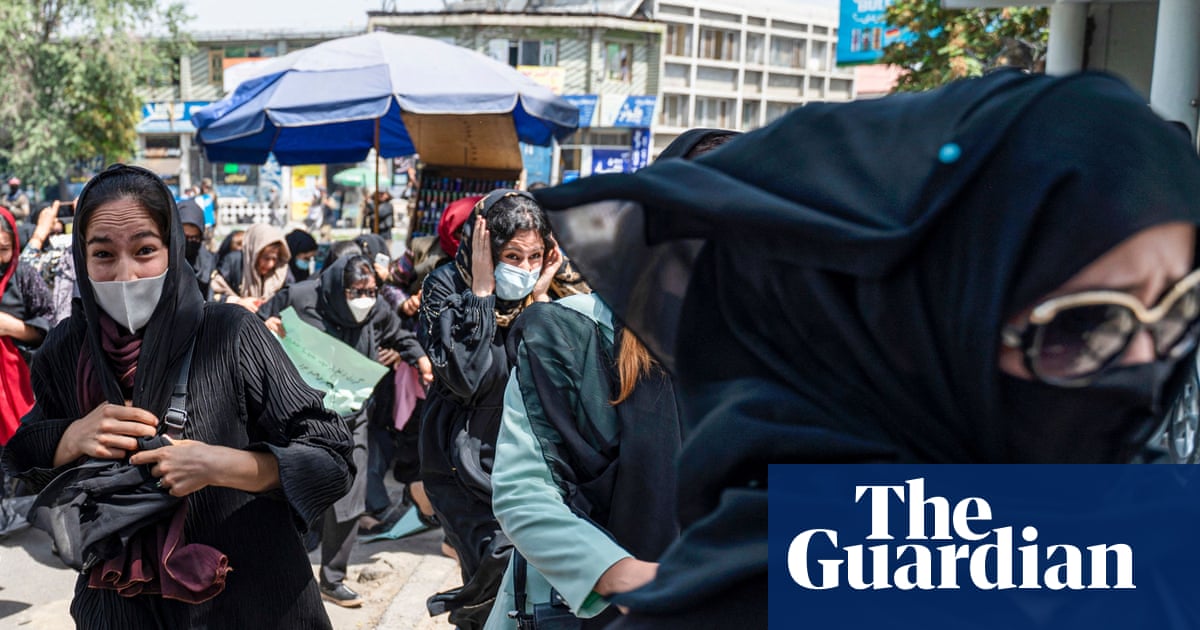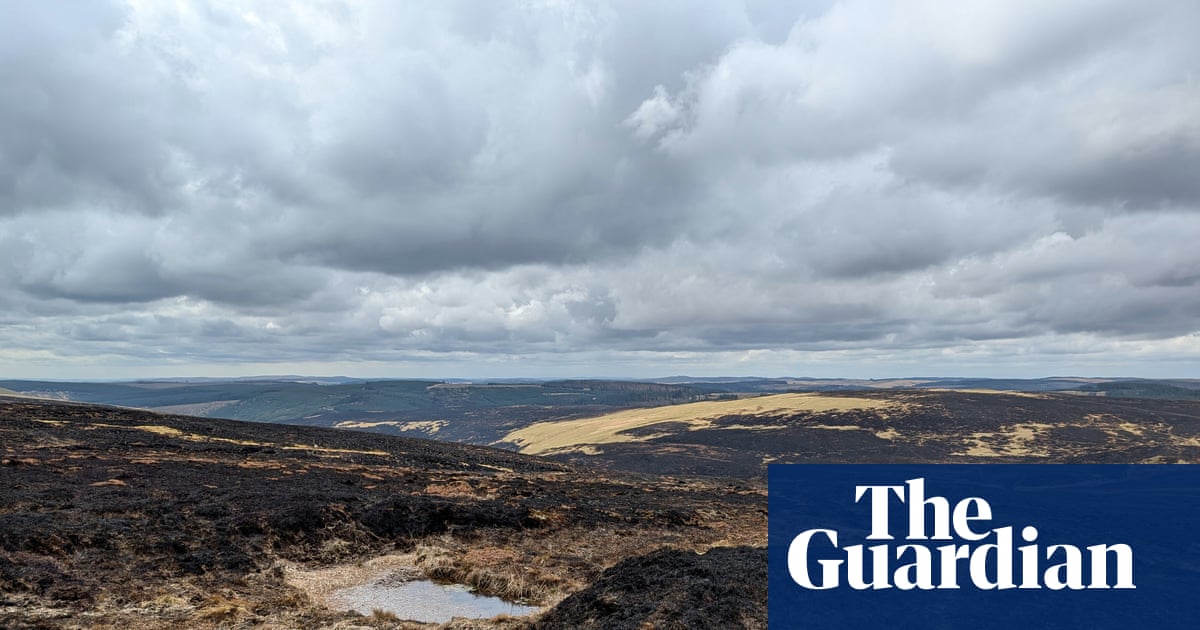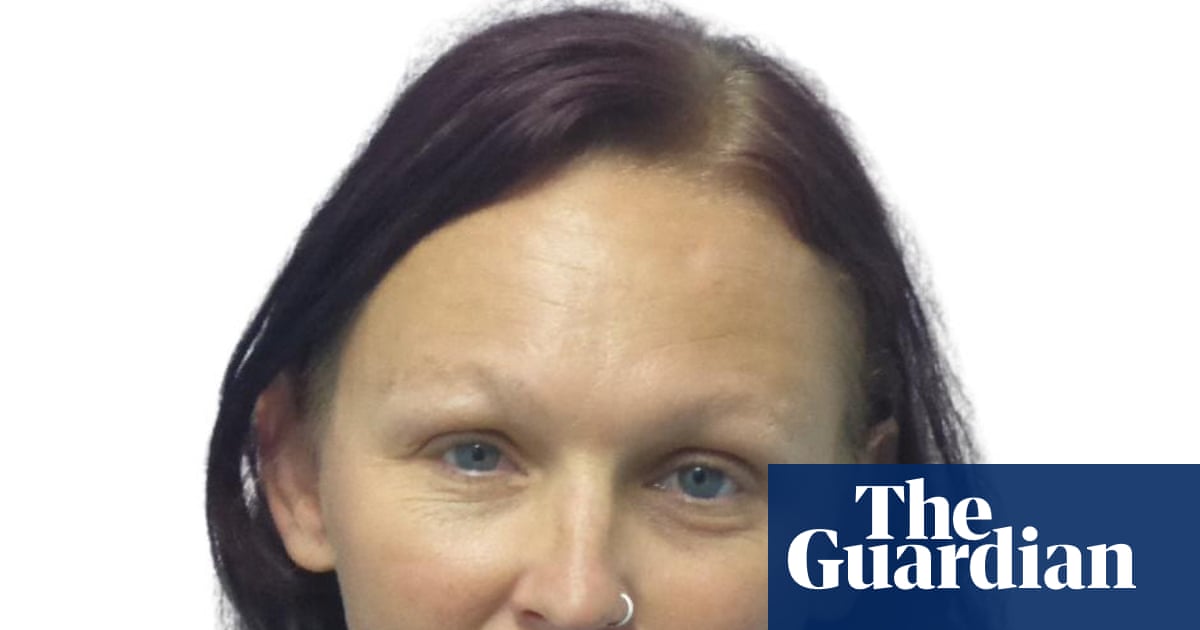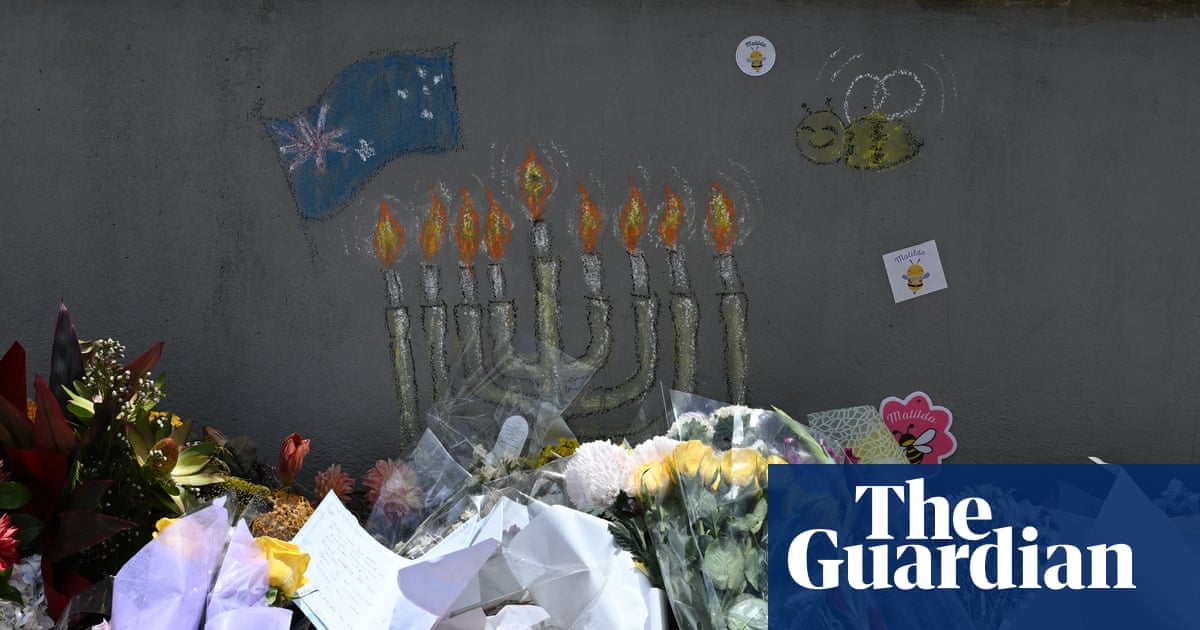It was the moment thousands had waited a year to see: New Zealand’s new Māori Queen speaking to her people for the first time since being crowned. As a light rain fell, Nga wai hono i te po, the 28-year-old monarch, urged Māori to come together and “walk a new path”.
Nga wai hono i te po, the only daughter and youngest child of the former Māori King, ascended the throne a year ago after her father died peacefully in his sleep. A one-year period of mourning ensued, with custom requiring the queen to withhold speaking publicly.
“This past year, at times, you have seen a physical figure amongst you, bereft emotionally and spiritually – escaping the realities of a new life, fleeing in search of the warm chest of comfort that once allayed a daughter’s worries, my father’s chest,” Nga wai hono i te po told a crowd of thousands in her native Māori language on Friday.
“I don’t share this in search of pity, rather, it’s a reminder that I am human, just like everyone else.”
“Let the sunshine of a new day bring light and vitality,” she said.
Over the past week, thousands have descended upon Tūrangawaeware marae in New Zealand’s central North Island to celebrate the Koroneihana – an annual event to mark the coronation of the Māori monarch – and to hear the 28-year-old queen deliver her much-anticipated speech.
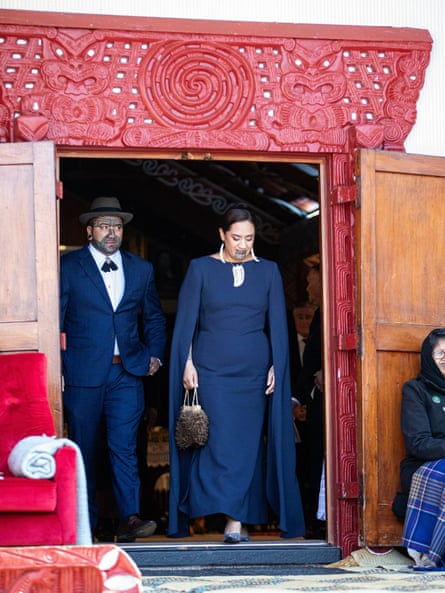
Standing in a royal blue dress, with her brother by her side, Nga wai hono i te po thanked those in attendance, including Tonga’s crown prince and princess, members of the Hawaiian royal family and the enormous crowd filled with young Māori who had come to support her.
The crowd laughed at her jokes, cried with her, and offered approval when she spoke of the unity her father had tried to instil in her people, and what it meant to be Māori.
Nga wai hono i te po’s appointment comes as tensions between Māori and the government have intensified over policies that include rolling back official use of the Māori language and a failed attempt to put the principles of the country’s founding document, the Treaty of Waitangi, to a referendum.
“Being Māori is not defined by having an enemy or a challenge to overcome. Being Māori is speaking our language. It is taking care of the environment. It is reading and learning about our history. It is the choice to be called by our Māori name. There are many ways to manifest being Māori, not just in times of protest,” she said.
“Being Māori is forever, but we must continually nurture that expression of being Māori to control our own destiny.”
Nga wai hono i te po, whose titles are Te Arikinui (paramount chief) or Kuini (queen), is the second woman to head the eight-monarch reign of the Kiingitanga movement.
The movement is the most enduring of those created to defend Māori sovereignty during a wave of war and confiscation in the 19th century, and an attempt to unite tribes to stand up against the British Crown. While the role of monarch is largely ceremonial, the leader is also considered to be the paramount chief of several iwi (tribes). The movement has been influential in shaping the discourse around the coalition government’s policy direction for Māori.
Nga wai i te po talked about the struggles her people faced and the problems they had inherited.
“There is decreasing tolerance of the continuing disestablishment of Māori initiatives”, she said, likely referencing the government’s rollback to Māori programmes and funding.
“It’s now 2025, we need to stop allowing external forces to hinder us. We need to walk a new path.”

The queen offered two solutions: an economic summit to develop opportunities for Māori and a fund with seed investment from Māori entities.
At the end of her half-hour speech, she asked the crowd to return home with lightness and joy in their hearts.
“Don’t be in a rush, don’t be burdened. Leave those things behind for me to tend to.”
Afterwards she joined her iwi (tribe) in kapa haka (traditional performance), dancing and singing – wearing snakeskin stilettos.
‘Beacon of leadership’
Tūrangawaewe marae sits on the banks of the Waikato river, and is the seat of the Kiingitanga movement. Outside the marae grounds, children jostled for a go on the playground, while some grouped together to practice waiata (song).
Over the week, people have travelled from across the country to the marae – some to mourn those who have died in the past year, others to perform kapa haka (traditional song and dance). On Thursday, dignitaries from across the Pacific came to pay their respects.
But on Friday people had gathered for one reason: the queen. None were more excited than a group of children and teenagers who had travelled from Auckland to be here.
“We came to tautoko [support] our queen for her first Koroneihana,” said Matariki Rangikotoa, 16. “She’s amazing … she’ll last for ever.”
Ten year-old Rina-Lee Matua was brimming with excitement. “I’m surrounded by my people,” she said gesturing to the huge crowds of children laughing and playing around her.
“She’s a beautiful queen, a smart queen, she’s a good queen.”

Sitting outside the marae, Roger Kireka and Esmae Hungahunga, who both work in Māori language preschools in the Hawke’s Bay, had travelled to witness the queen’s speech and to unite with tribes from across the country.
“It’s a special day for us today,” Kireka said. “Its an opportunity for our rangatahi [young people] to know about … how our ancestors have brought us here today.”
Hungahunga said the queen’s youth speaks to a younger generation.
“It’s important for them to embrace this moment, because this is what is going to carry them through those political issues, and to do it with dignity and respect, which we’re not getting from outside,” she said.
“But together, collectively, being Māori is important.”
About 20% of New Zealand’s population is Māori. The young queen is part of a younger, rapidly growing Māori population, who have grown up going to Māori language schools, and are politically engaged and culturally proud.
Annette Sykes, a lawyer and activist who has spent her career fighting for the rights of Māori, said Nga wai hono i te po is the right leader for the moment.
“She’s very humble, very much her own person, and shining in the love of the Māori world – it emanates from her.”
“She stands as a beacon of leadership … for the new generations that are going to guide the pathway forward for this country,” Skyes said.

 3 months ago
50
3 months ago
50
